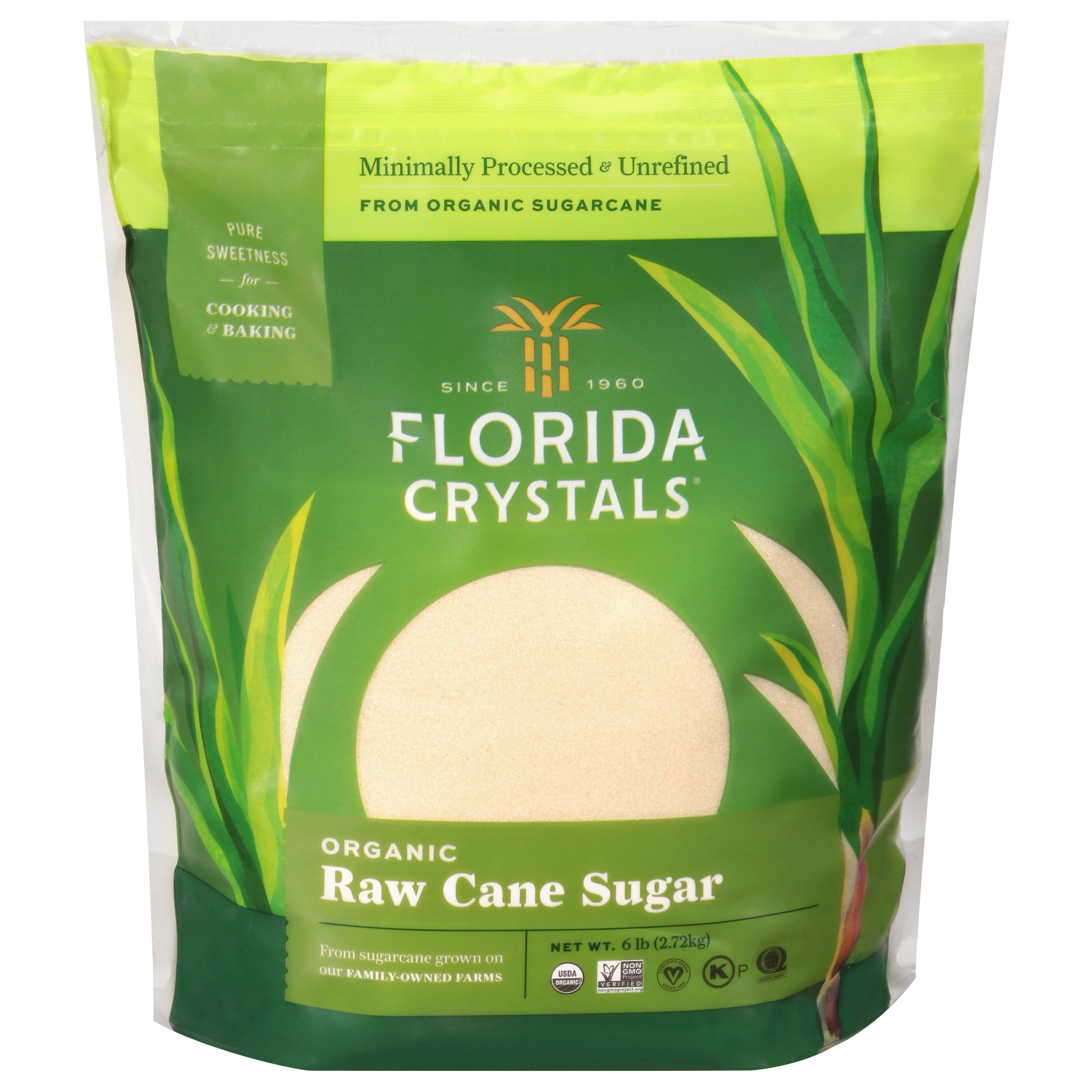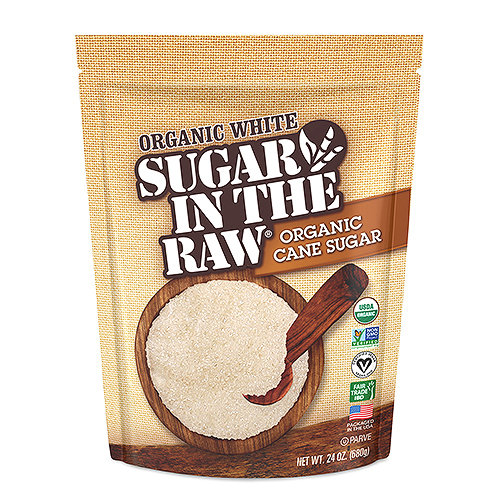Cane Sugar Processing: Secret Technologies for Superior Sugar Manufacturing
Cane Sugar Processing: Secret Technologies for Superior Sugar Manufacturing
Blog Article
An In-Depth Overview to the Environmental Impact and Sustainability Practices in Cane Sugar Processing
The ecological effect of walking cane sugar handling offers a complex variety of challenges that warrant cautious evaluation. From soil deterioration and extreme water use to the carbon footprint associated with cultivation and manufacturing, the repercussions of traditional practices are far-reaching. On the other hand, the fostering of ingenious sustainability steps provides a pathway toward a lot more accountable manufacturing techniques. Comprehending the interplay in between these problems is important for stakeholders in the sector. What specific practices can be carried out to strike a balance between efficiency and environmental stewardship? The responses lie in a better take a look at both the challenges and possible options.
Review of Walking Stick Sugar Processing
Walking cane sugar processing entails a series of organized steps that change sugarcane into refined sugar. At first, harvested sugarcane is transported to refining facilities, where it undergoes cleaning to get rid of soil and debris. Following this, the walking cane is crushed to remove juice, which is after that clarified by eliminating contaminations with heating and the enhancement of lime.
The made clear juice undergoes dissipation, where water is removed to focus the sugar material. This concentrated syrup is then crystallized through air conditioning, permitting sugar crystals to develop. These crystals are separated from the staying syrup utilizing centrifugation, causing raw sugar. To accomplish refined sugar, the raw product goes through additional purification processes, which may consist of cleaning and filtering to get rid of continuing to be contaminations and color.
The final item is after that dried out and packaged for distribution. Throughout this entire process, preserving performance and quality assurance is important to ensure the sugar satisfies industry criteria. Each action in walking cane sugar processing not only contributes to the end product yet likewise has implications for source usage and waste generation, establishing the phase for conversations on sustainability and ecological influences related to sugar manufacturing.
Environmental Obstacles of Production
The production of cane sugar offers several substantial ecological challenges that warrant attention. One main worry is the extensive use agrochemicals, including chemicals and plant foods, which can result in soil deterioration, biodiversity loss, and contamination of neighborhood water sources. The runoff from sugarcane fields typically carries these chemicals right into neighboring ecological communities, interfering with water life and influencing the health and wellness of communities reliant on these water bodies.
One more challenge is the high energy usage associated with sugarcane processing. The boiling and refining phases need significant warm, mainly generated by burning nonrenewable fuel sources, adding to greenhouse gas exhausts. Furthermore, the expansive acreage required for sugarcane growing can lead to deforestation and habitat damage, additional worsening environment modification and harmful wild animals.
In addition, the labor techniques in some areas increase ethical concerns, as employees may encounter poor working conditions and insufficient salaries. This circumstance usually continues a cycle of poverty in regional neighborhoods. Cane Sugar Processing. Dealing with these environmental difficulties is vital for developing more lasting techniques in walking cane sugar production, inevitably profiting both the atmosphere and the areas associated with this sector
Water and Land Usage Effect
Water resources and land application are crucial components in the walking cane sugar industry that significantly impact the environment. The cultivation of sugarcane calls for substantial water input, with estimates recommending that it can take in as much as 2,000 liters of water per kilogram of sugar produced. This extensive usage of water usually leads to depletion of neighborhood water resources, affecting not just the sugarcane vineyards yet additionally bordering environments and communities that count on the same water resources for agriculture and domestic usage.

Moreover, land usage for sugarcane cultivation can result in deforestation and the conversion of natural environments right into monoculture vineyards. This technique diminishes biodiversity, interferes with regional ecological communities, and adds to dirt degradation. The growth of sugarcane fields commonly encroaches on beneficial farming land, producing competition for sources between food and biofuel manufacturing.
Lasting practices, such as enhancing irrigation methods and implementing plant turning, are necessary to mitigate these influences. By taking on much more efficient water usage and land management methods, the cane sugar market can lower its environmental footprint, making certain a balance in between agricultural performance and environmental conservation.
Greenhouse Gas Emissions
Greenhouse gas discharges stand for a considerable environmental worry within the walking stick sugar processing market, especially as farming practices broaden to meet worldwide need. The cultivation of sugarcane, a plant that thrives in exotic climates, counts heavily on artificial plant foods and pesticides, which add to nitrous oxide discharges. Additionally, land-use modifications, including deforestation for new sugarcane plantations, launch carbon dioxide stored in plants and soil.
During processing, power usage is an additional major source of greenhouse gas exhausts - Cane Sugar Processing. Numerous sugar mills use nonrenewable fuel sources to power machinery and create warmth, causing significant carbon footprints. In addition, the transportation of raw sugarcane and completed items adds layers of webpage discharges via fuel burning in lorries
The cumulative result of these discharges aggravates climate modification, positioning threats not only to the environment but likewise to the long-lasting stability of the market. Stakeholders have to recognize the immediate need for detailed methods that attend to these emissions. This involves evaluating current farming techniques, processing methods, and transportation systems to determine locations for improvement and reduction. Resolving greenhouse gas emissions is important for promoting a much more lasting cane sugar industry in an altering climate.

Lasting Practices and Innovations
Sustainable techniques and developments are significantly essential in the walking stick sugar handling market as stakeholders seek to reduce environmental influences while preserving efficiency. One considerable advancement is the execution of integrated plant management, which optimizes source use by integrating soil monitoring, insect control, and plant rotation techniques. This strategy improves return while decreasing chemical inputs check and protecting dirt health.
Additionally, the fostering of eco-friendly energy sources, such as biomass from sugarcane residues, has gotten traction - Cane Sugar Processing. By converting waste items right into power, refining facilities can decrease their dependence on nonrenewable fuel sources, therefore decreasing greenhouse gas discharges
Water management methods have actually likewise seen enhancements with the recycling and reusing of water in handling plants, substantially lowering freshwater intake. Innovations in innovation, such as accuracy agriculture, enable farmers to check plant wellness and source use a lot more successfully, guaranteeing sustainable growing practices.
In addition, accreditation programs like Fair Profession and Rainforest Alliance encourage environmentally accountable farming techniques and advertise social equity within the supply chain. By welcoming these sustainable techniques and developments, the cane sugar processing market can boost its durability and add favorably to environmental stewardship.
Final Thought
The ecological impact of walking stick sugar processing presents substantial difficulties, including dirt deterioration, high water intake, and greenhouse gas exhausts, along with moral issues connected to labor techniques. Addressing these concerns with lasting methods, such as integrated crop administration, sustainable energy fostering, and water recycling, is essential. By promoting eco responsible and socially fair methods in sugar manufacturing, the market can alleviate its adverse impacts, ensuring a more sustainable future for both communities and ecological communities associated with this sector.
Walking stick sugar processing includes a series of methodical actions that change sugarcane into refined sugar. Each step in cane sugar handling not just adds to the last item however additionally has implications for resource usage and waste generation, establishing the stage for discussions on sustainability and environmental impacts linked with sugar manufacturing.
Greenhouse gas emissions stand for a significant environmental issue within the cane sugar processing industry, specifically as agricultural methods expand to meet international need.Sustainable techniques and advancements are increasingly essential in the walking stick sugar handling sector as stakeholders look for to lower ecological influences while keeping performance.The ecological influence of walking click over here now cane sugar handling presents substantial challenges, including dirt destruction, high water consumption, and greenhouse gas exhausts, together with honest worries connected to labor practices.
Report this page